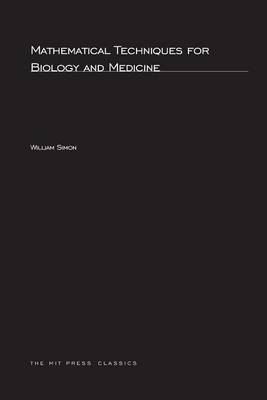MIT Press
1 total work
For many years statistics has been regarded as the essential mathematical preparation for biologists. Recently, however, it has become necessary to broaden this background to include advanced techniques such as linear differential equations. The difficulty with this has been that most courses in differential equations are designed for engineering students. This book is designed for biologists. It was developed in a graduate course at the University of Rochester School of Medicine but the approach is such that it will be useful at either the undergraduates or the graduate level. The only prerequisite is elementary calculus, and the assumption is that the student has probably forgotten much of what he learned in that course. The book begins with a review of the concepts of elementary calculus and shows how physiological problems can be formulated in terms of differential equations. It then proceeds quickly but in an entirely self-contained way to develop three techniques for the solution of differential equations: solution by Laplace transform, solution by inspection of the physical problem, and numerical solutions. These are applied to the types of problems most often encountered in physiology: compartmental problems, regulations, diffusion, flow measurements, and curve fitting. The terminology used in the problems and examples will be familiar to biologists. In each chapter the problems range from routine to fairly difficult. The first edition of this book was published in hardcover in 1972 with the title Mathematical Techniques for Physiology and Medicine. This revised contains a new chapter, on tracer experiments, and two additional appendixes. Many new problems (and their solutions) have also been added.
